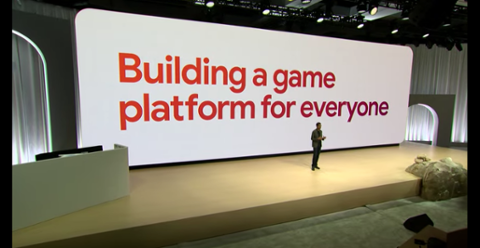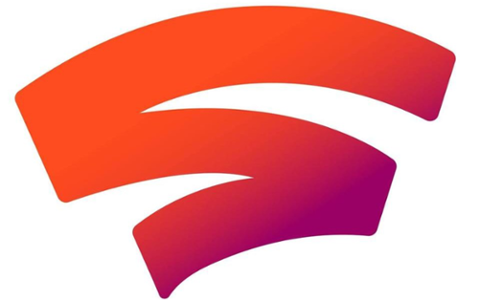Back in March, Google announced a new gaming platform, Stadia, that was all about streaming via the browser. Now, the company has released more details about the initiative, including costs—but some big questions for developers (and gamers) still remain.
During the big unveiling, Google claimed that Stadia would allow gamers to stream certain games on tablets and phones, as well as laptops and televisions. Developers would leverage the power of Google’s datacenters to deliver games with 4K HDR graphics at 60fps, and YouTube personalities would share key gaming moments with followers via a feature called State Share. Google claimed to have architected the overall platform to avoid lag time.
But gamers drawn to the idea of playing AAA games in the Chrome browser might be a tad disappointed by Google’s initial Stadia rollout. Stadia, which will launch in November in 14 territories, will cost $10 per month to stream games, with a separate “free” tier arriving sometime next year. But there’s a catch: Early adopters will need to shell out a cool $130 for hardware (billed as the “Founder’s Edition”).
What’s in the Founder’s Edition? A game controller (which retails for $70 or so) plus a Chromecast Ultra (which plugs into your television). There’s also the promise of a “Stadia Pro” tier for a few months. Stadia Pro will offer a 4K experience with 60fps (in other words, ultra-smooth), in contrast to the “free tier,” which will restrict gamers to 1080p60 (not bad, but definitely less).
Any gamers who assumed the platform would operate like Netflix or another media-streaming service—where you pay a monthly fee and sample whatever you want—could be sorely disappointed. While Google plans on including one game for streaming (“Destiny 2,” seen above) as well as some classic titles, Stadia will primarily ask users to buy games, just like Xbox Live or Steam (i.e., other gaming storefronts).
Those caveats might lessen Google’s advantage in the ultra-competitive gaming industry. Players might have shown up in droves for “Netflix, but for AAA Gamers.” They might be less inclined to turn out if they need to purchase a hardware bundle (for the first few months of the initiative, at least), and if “streaming” means purchasing games before they can play them on a variety of devices. Google’s rivals, including Microsoft and Sony, are working on their own streaming offerings that will almost certainly offer gaming on similar terms.
For developers, it’s also unclear whether Stadia will offer much of an advantage over current platforms (and revenue splits). There’s a website available for those tech professionals interested in developing for Stadia, although it hasn’t been majorly updated since Google’s March announcement. Hopefully, Google follows up on this gamer-centric announcement with some new information for those game-makers who want to build for the platform; after all, those developers are going to be the ones who create games that bring millions of players aboard.



